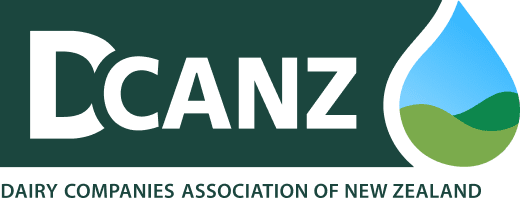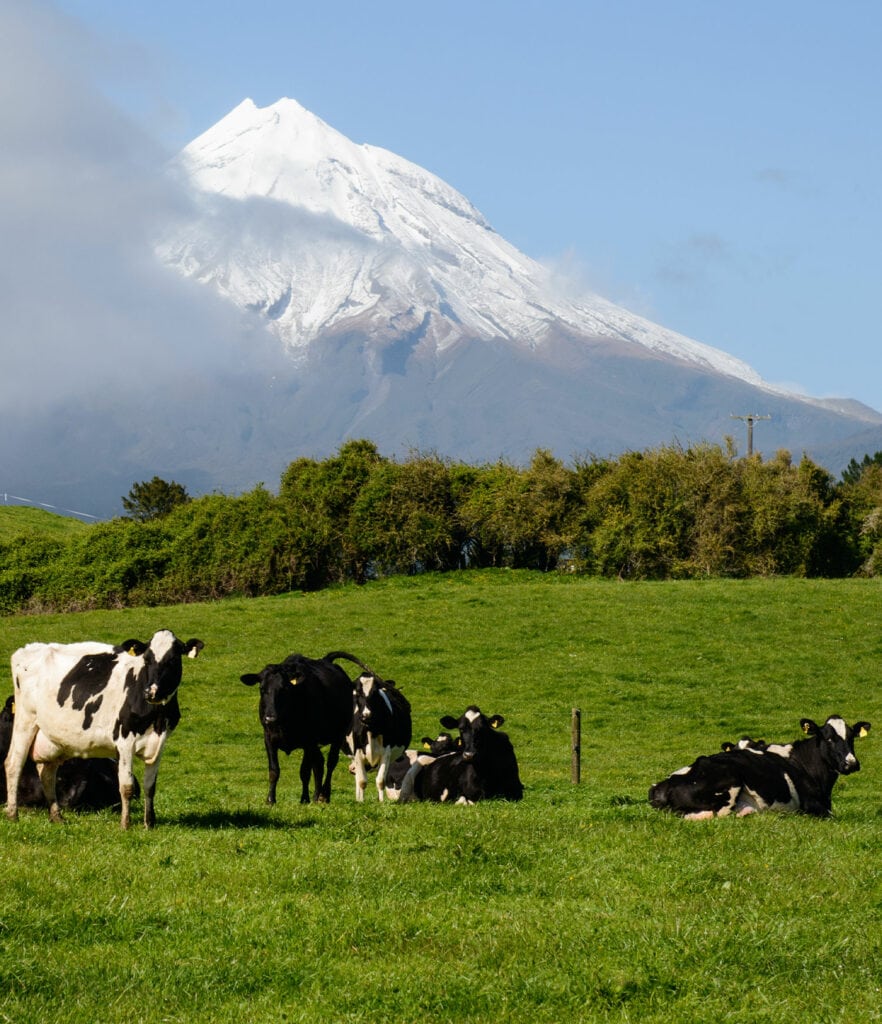The Government’s move to align the methane target with scientific advice that reflects the reductions needed to avoid additional global warming and achieve Paris Agreement goals will create clarity, credibility and international confidence in New Zealand’s climate leadership, says the Dairy Companies Association of New Zealand (DCANZ).
The Government announced today it will align New Zealand’s biogenic methane reduction targets with advice by the Independent Methane Science and Targets Review Panel. This advice included that a 24% reduction by 2050 is required if the world is collectively pursuing the Paris Agreement’s goal to limit warming above pre-industrial levels to 1.5°C, as opposed to the up to 47% reduction currently legislated.
DCANZ Chair Guy Roper says dairy processors support a strong science underpinning for targets and New Zealand’s active contribution to international efforts.
“We now have a clear and scientifically established line of sight between the global ambitions of the Paris Agreement to limit warming to 1.5oC and the domestic biogenic methane reduction target.
“In 2019, DCANZ supported New Zealand’s world-leading adoption of a split gas approach to emissions targets and called for there to be a strong scientific rationale for methane targets, and this announcement realises that.”
The Government announcement includes a further review of New Zealand’s target in 2040.
“The 2040 review will be an opportunity to ensure alignment to international action continues. If more is needed by 2050, then there will be the potential for this to occur”.
Incentives for emissions-efficient farming will remain, regardless of the Government confirming there will be no tax on methane emissions.
Mr Roper says over the past five years, dairy companies have worked with their farmer suppliers to ensure they have individual farm emissions reports, and those reports are now informing farmers of the opportunities to reduce the emissions intensity of the milk they produce, while increasing productivity and lowering costs.
“Farm emissions reports are pointing farmers to economic-emissions win-wins, and in doing so provide a powerful signal in their own right. The newly released farm emissions calculator will continue to support these signals, and policy certainty and stability will help farmers focus on opportunities.”
Mr Roper also says beyond national targets, there is a market dimension that will continue to inform dairy companies’ responses.
“There will still be a strong focus on pursuing sensible opportunities to reduce the emissions footprints of New Zealand dairy products. Maintaining the comparative emissions efficiency of our products positions New Zealand’s dairy sector well in markets that are prioritising the sustainability of the global food system.
“How individual dairy companies respond to market signals is something they work through with their customers and farmer suppliers”.

